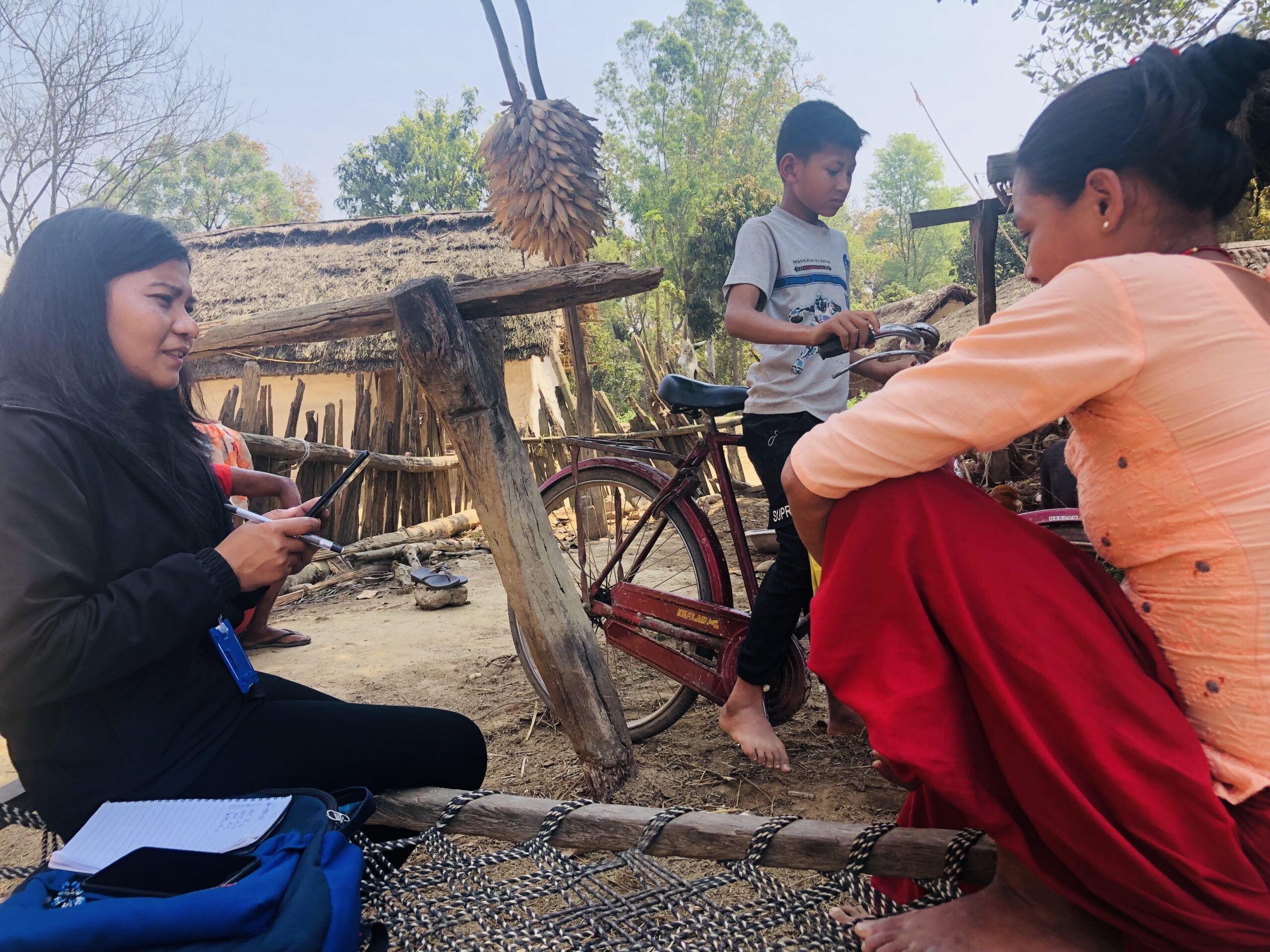The Nepal Media Survey 2024 is the latest edition of Sharecast’s flagship annual survey, shaping our understanding of the evolving media landscape in Nepal since its inception in 2015. This comprehensive study aims to provide insights into the media consumption patterns of Nepali citizens, focusing on their engagement with various platforms such as TV, radio, print, and digital media. For advertisers and data buyers, the survey offers valuable, data-driven insights that reflect the shifting dynamics of the media ecosystem, enabling better-targeted campaigns and informed decision-making.
Methodology Overview
The Nepal Media Survey 2024 followed a rigorous, multi-phase approach:
Target Population: Nepali citizens aged 18 to 70 across all seven Provinces and three ecological regions.
Sampling Methodology: A multi-stage probability sampling technique was employed. 250 Primary Sampling Units (PSUs) were selected based on probability proportional to size (PPS), followed by a random selection of households and individuals within each PSU.
Sample Size: 4,267 respondents were interviewed, ensuring a 95% response rate with a 5% margin of error and a design effect 1.5.
Data Collection: Trained field researchers conducted face-to-face interviews in April 2024, using a computer-aided platform (CAPI) to ensure accuracy and consistency.

NMS2024 Coverage

Demography representation of survey respondents
Here’s a summary of the respondent demography from the Nepal Media Survey 2024:
- Geographic Distribution: The respondents were spread across Nepal’s seven provinces. The highest proportion came from Bagmati Province (21.5%), followed by Madhesh (20.7%) and Koshi (17.1%). The lowest representation was from Karnali (6.0%) and Sudurpaschim (9.2%).
- Residence: Over half of the respondents (51.6%) were from urban municipalities, 32.7% from rural municipalities, and 15.7% from sub/metropolitan cities.
- Age Group: The largest age group was 30-39 (24.1%), followed by 21-29 (21.5%) and 40-49 (20.0%). Respondents aged 18-20 comprised 8.3%, and 10.1% were 60 years and older.
- Sex: The survey had a slightly higher female representation, with 53.7% identifying as female and 46.3% as male.
- Education: The majority (28.0%) had completed up to the 10th grade. 16.3% were illiterate, and 14.6% had finished Grade 12 or a similar level. A small portion (5.0%) held a Bachelor’s degree or higher.
This demographic spread ensures that the survey captures various perspectives from various geographic, social, and educational backgrounds across Nepal.
Please email us at info@sharecast.org.np to request a detailed demographic profile of respondents, pricing of the media data package, and areas of questions covered by NMS2024.
